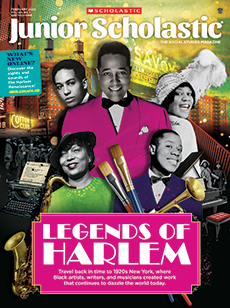Jim McMahon/Mapman®
Who has the longest hair? Photojournalist Irina Werning held a contest in the small town of Iruya, Argentina, last fall to find out (above). But her main goal wasn’t to hand out prizes—it was to take pictures. Werning has spent nearly 20 years documenting long hair in Latin America.
Lengthy locks are prized in many Latin American nations—especially among Indigenous people whose ancestors were forced to cut their hair. Werning’s goal is to honor the style’s cultural importance.
“It’s a tradition that has survived through generations, despite discrimination and pressure to conform,” she explains. “It’s a connection to history, family, and resistance.”
